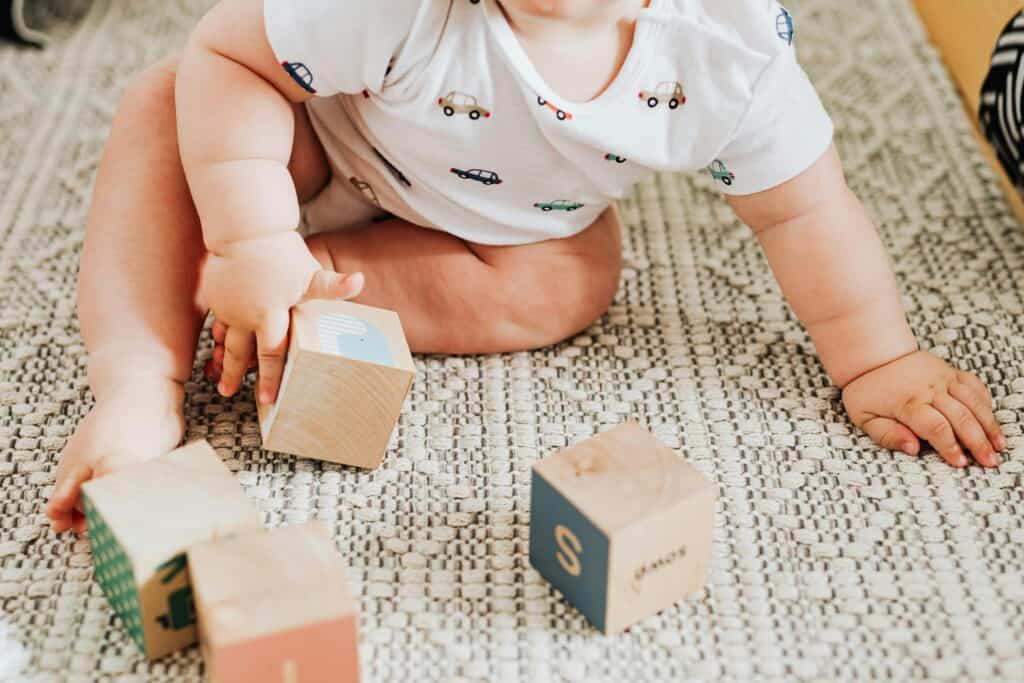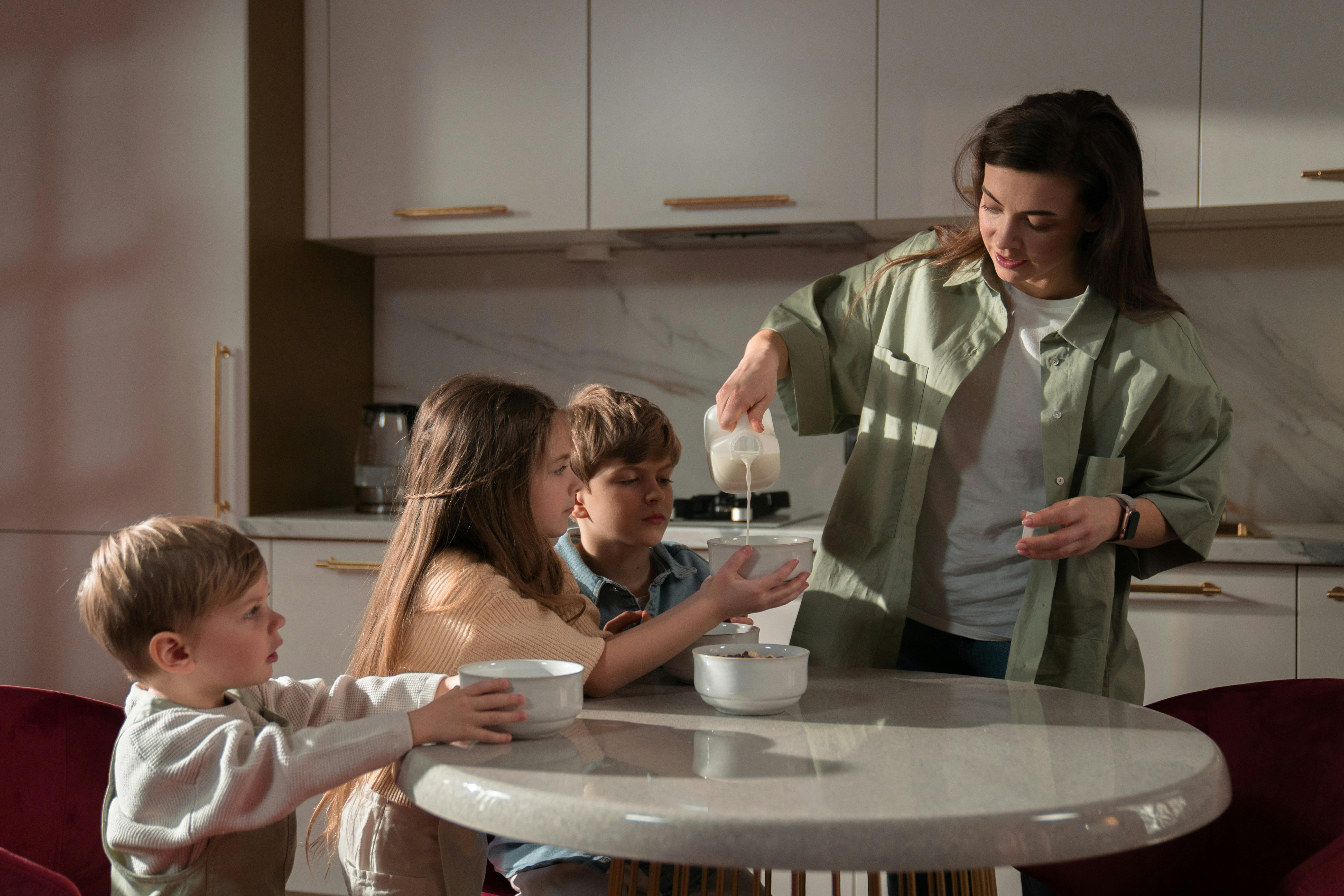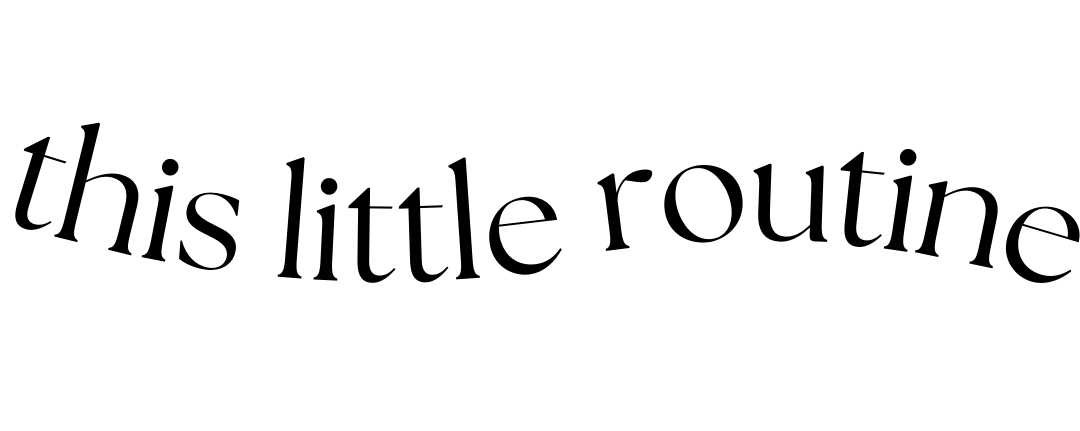
I always dreamed of being the kind of mom with a calm, well-organized ADHD daily schedule. You know the one—the mom who juggles work, family, and self-care, all while keeping a tidy home. But with ADHD, that has often felt like a far-off fantasy. When I tried following traditional daily routine schedules for adults, they made me feel trapped, overwhelmed, or (in my case) like a total failure when I couldn’t keep up. Then I found myself asking a game-changing question: What if my routine could actually work with my ADHD, not against it?
The truth is, having a ADHD daily routines has made a huge difference in my life as a mom. But I didn’t get here overnight. My approach to scheduling and routines had to fit the ups, downs, and wild moments that come with ADHD and raising a family. If you’re a mom juggling similar challenges, here are some realistic, ADHD-friendly tips that have made my days easier, more manageable, and yes—even a bit more peaceful.
1. Embrace Gentle ADHD Time Blocking (It’s Better Than Strict Schedules)
I used to think schedules had to be rigid to be “productive,” but for those of us with ADHD, a strict schedule can feel suffocating. I was left wondering how to get into a routine with ADHD. Instead, I now use gentle time blocking, where I group my day into loose blocks of time based on themes, not specific start or end times. For instance, I’ll have a “morning prep” block, an “afternoon recharge” block, and an “evening wind-down” block. ADHD time blocking, but with flexibility, has been a lifesaver for managing both my responsibilities and my energy levels.

How It Works: Rather than saying I’ll do a specific task from 9 to 10 a.m., I simply aim to focus on a type of activity for each block. Sometimes, my “afternoon recharge” is an hour; other times, it’s 15 minutes. I can adjust according to what’s happening around me—like a kid meltdown or last-minute plans. It’s about flow and flexibility, not following the clock.
Pro Tip: I like to use timers, not clocks to keep things moving along. If I’m focused on an activity during a block, I set a timer for 15-20 minutes rather than watching the time pass. This helps me feel more focused and less anxious about the minutes ticking away. I’m also more forgiving of myself if I don’t finish something in one block. I know I’ll have a chance to come back to it later if needed.
Example Blocks: My “morning prep” usually involves breakfast, quick tidying, and planning for the day. “Afternoon recharge” could be lunch, followed by a few minutes of reading or some time with my baby. “Evening wind-down” is the quiet time I carve out before bed to ease into a restful night.
2. Designate a Family Prep Hour (The Calm Before the Day’s Storm)

For us, mornings used to be absolute chaos. Between trying to feed the kids, get everyone dressed, and start my day, I often felt I’d lost before I even began. I’ve found that setting aside an hour or so in the morning as our “family prep hour” gives us a calm, predictable start to the day. It’s the time when my kids and I get ready for the day ahead—whether that’s breakfast, brushing teeth, or getting dressed. Having this dedicated ADHD daily schedule time helps me feel organized without frantically trying to keep track of everything in my head.
Why It Helps: Knowing that there’s always a “prep hour” eases the mental load. I don’t have to remember every little morning detail because they happen within that hour. My brain needs ADHD daily routines, and the kids benefit from it too. They like the structure, and I like that I don’t have to constantly remind myself of what needs to be done.
Pro Tip: I’ve created a small checklist for our prep tasks, which I keep in the kitchen. It’s a visual cue for my husband and I, and it saves me from needing to rack my brain what’s next. It’s helped make morning routines easier on all of us because the tasks become second nature.

Example Checklist: Here’s a snapshot of our morning checklist with a preschooler:
- Make breakfast and pack in lunchbox
- Put PJs and Pull-Ups away
- Get dressed and brush teeth
- Do hair
- Grab lunch box and go
3. Set Up Short “Focus Sprints” for Your Tasks
Focus can be tricky with ADHD, especially when life is busy and distractions are everywhere. Instead of sitting down to work for an hour, I use “focus sprints”—short, focused time blocks where I work on a single task for 15-20 minutes, then take a quick break.
How It Works: I’ll set a timer for 45 minutes, then take a five-minute break. The short time frame keeps me from feeling overwhelmed, and the frequent breaks keep me from burning out. An even shorter 15 minute focus sprint works wonders when I need to get things done.

Pro Tip: I sync my focus sprints with my kids’ playtime or nap schedule. I’ll do a sprint while they’re busy with a toy or activity, and then take my break to check in with them. It’s productivity-friendly without leaving them unattended.
Examples of Focus Sprints: For example, if I need to get through a pile of emails, I’ll tackle 15 minutes of emails, take a breather, and come back for another sprint if needed. I might also use a focus sprint for boring tasks like folding laundry or organizing paperwork—keeping it short and sweet but still getting it done.
4. Use a Midday “Reset” to Refresh Your Energy
I’ve come to rely on a midday “reset” as a mini recharge to keep myself from hitting that dreaded afternoon slump. For me, a reset is a quick 10-15 minute break after school pick-up where we take a few moments to regroup. Currently, this is a trip to the duck pond, where my kids and I enjoy a few minutes of quiet time on a bench.

Why It Helps: This reset is an essential element of a daily routine schedule for adults because it prevents the afternoon energy crash, making it easier to tackle the rest of the day with less stress. It’s also a built-in transition from morning to afternoon.
Reset Ideas: A few things I find helpful are a quick snack, stepping outside, or doing a quick stretch. I just keep it short and simple, and it makes a big difference.
5. Tackle Essential Tasks with a “Top Three” Rule
Let’s be real: most to-do lists are intimidating. Now, instead of making a massive list, I follow a “top three” rule where I choose just three essential tasks to accomplish each day. This helps me keep my day manageable and gives me a clear focus.
Why It Works: Having only three key tasks keeps me from feeling overwhelmed and helps me focus on what’s actually important. With ADHD, too many tasks can feel like a mountain I’ll never climb, but three? That I can handle.

Examples of My Top Three: I keep it simple—like “do paperwork,” “prep dinner,” or “reply to important emails.” I know these tasks will make my day smoother, and it feels amazing to cross them off the list.
6. Create an Evening Wind-Down Ritual (to Gently Close the Day)
For me, an evening ritual has been a game-changer. How to get into a routine with ADHD? For bedtime, keep it screen-free and simple, which it helps you unwind so you’re not wired before bed. Sometimes, I’ll light a candle, lower the lights, or spend a few minutes journaling. Whatever I do, I make sure to be off my phone an hour before going to sleep.

Why It Works: ADHD brains can struggle to shift from high-energy mode to rest, so having a predictable wind-down ritual helps me slow down and get ready for a good night’s sleep.
Ritual Ideas: Lighting a candle, reading, or just dimming the lights around the house creates a cozy, peaceful vibe. Plus, it’s my signal that the day is ending and it’s time to relax.
7. Give Yourself Grace—Celebrate Wins, Big or Small
Last but not least, I had to learn to give myself grace and celebrate little wins along the way. ADHD daily routines aren’t about perfection, and every day won’t go according to plan. But recognizing the small victories—getting through my top three tasks, sticking with focus sprints, or even just setting aside a reset time—helps me stay positive.
Why It’s Important: An ADHD daily schedule is about flexibility and self-compassion. Acknowledging little wins (like having a good focus day or even just sticking to one part of the routine) makes me feel accomplished and keeps me motivated.

Pro Tip: Keep a list of daily wins in a small notebook. Even on chaotic days, this reminds you that you’re making progress.
Conclusion: ADHD Daily Schedule
Finding ADHD daily routines that work for you isn’t about having every moment perfectly planned—it’s about building a day that feels calm and manageable, even when things get messy. When you ask yourself how to get into a routine with ADHD, remember ADHD time blocking. These routines have brought me closer to the peaceful, nurturing home life I want for my family, and I hope they help you to create an ADHD daily schedule, too.

One Comment
Comments are closed.